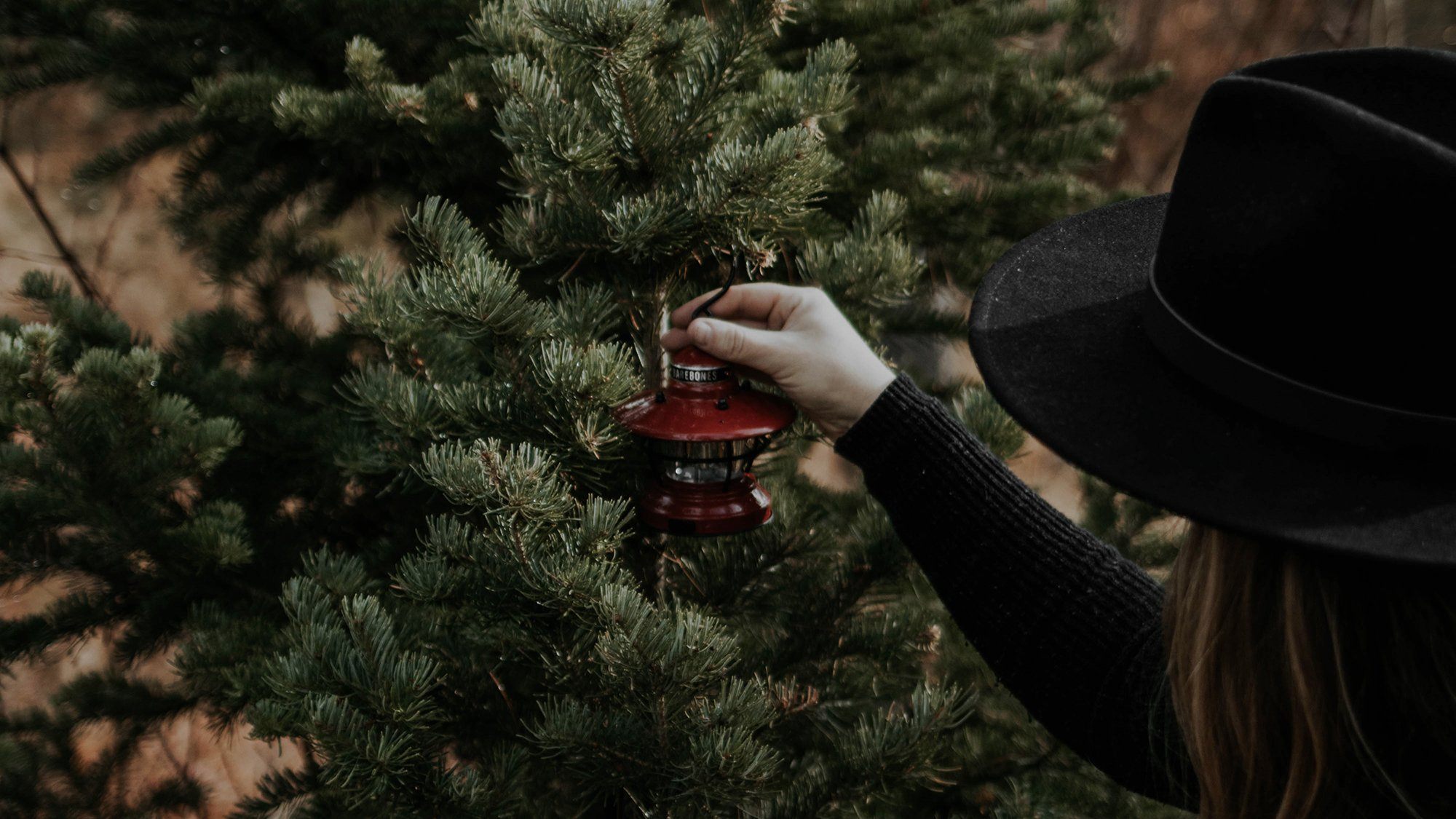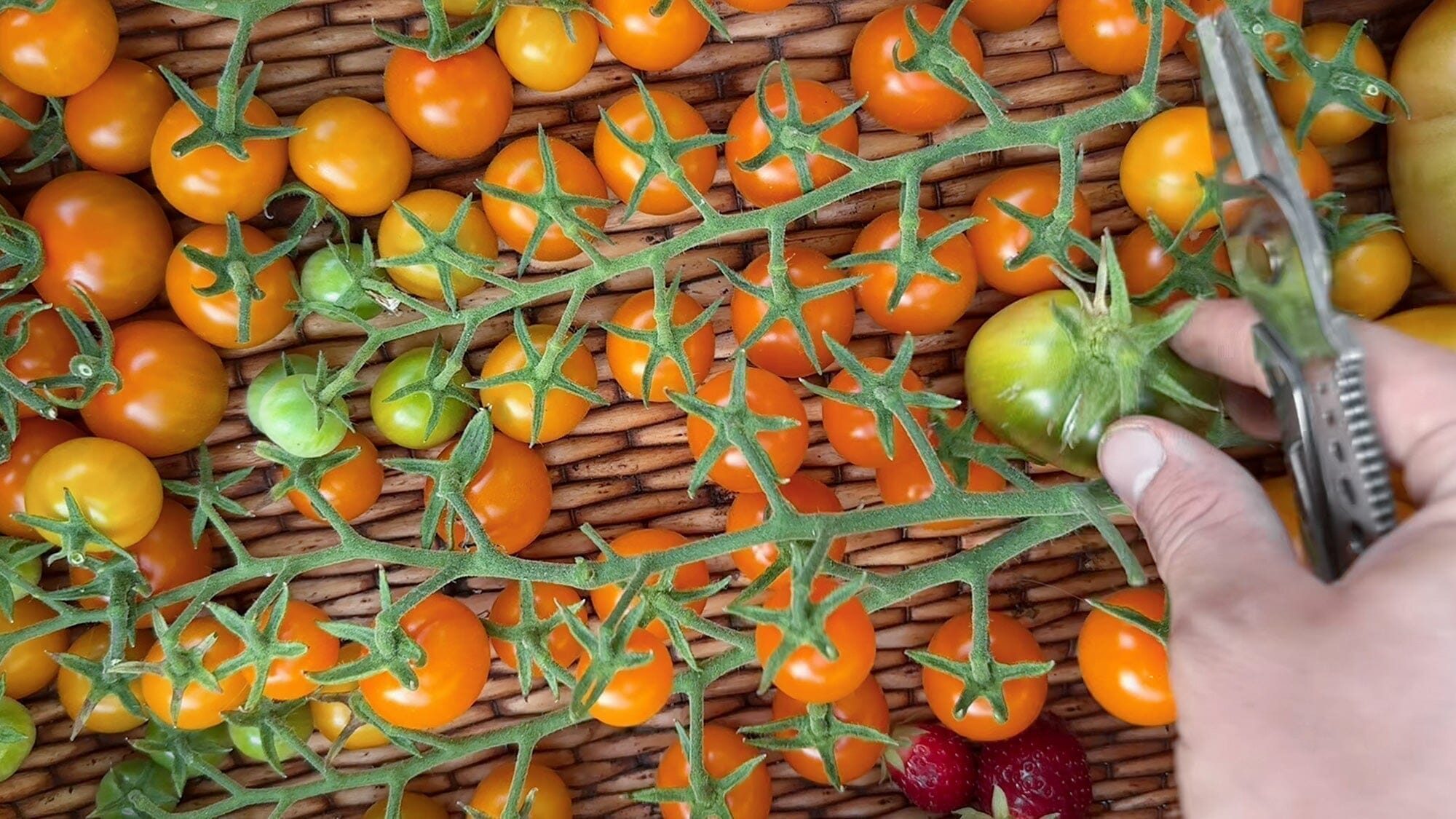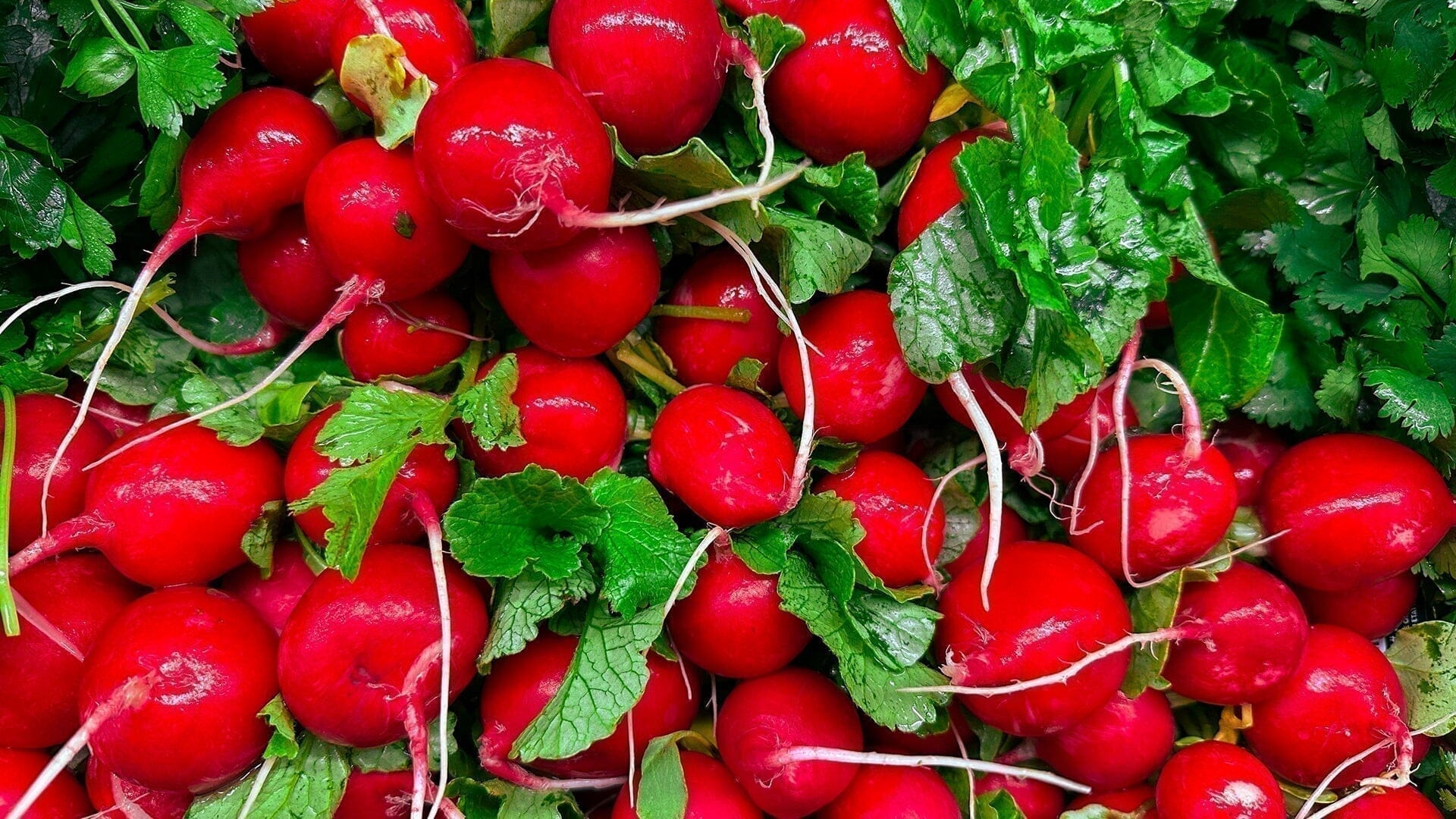There’s nothing quite like the fresh scent of evergreen indoors to invoke the magic of Christmastime. Every year I look forward to decking the halls with live greenery and dressing a tree for display. From the scent to the energy of the tree itself, live trees create such magic in the home.

Fake trees just don’t do that for me. I’ve got to be honest though, in the past my family has used plastic trees for some years because the reusability element is attractive. But of course those breakdown over time. It turns out that the production of so much plastic is quite harmful to the environment. It’s also extremely wasteful if trees need to be replaced every couple of years and the disposed tree ends up sitting in the landfill for hundreds of years more. At the very least a live tree can break down easily and be composted. However, the act of cutting down trees presents its own concerns if too many folks want to go this route. And so this puts us sustainably-minded Christmas tree-loving folks in a dilemma.
Does a sustainable Christmas tree exist?
What is the most sustainable Christmas tree option?
After a bit of investigating, and weighing the pro’s and con’s of production vs. felling, here are two sustainable Christmas tree options to try this year:
Buy a potted Christmas tree and plant it in your yard.
It’s no secret that our world needs more trees to help reverse the effects of climate change. The most sustainable Christmas tree option is to buy a potted evergreen tree, then plant it in your yard. With this option, you have the freedom to select from a variety of evergreen types, such as cedar, juniper, fir, pine, or spruce. Each is lovely in its own way, and each type can endure a variety of environmental hardships. Planting a potted evergreen that was once the statement piece of your holiday season is a wonderful way to keep those nostalgic memories alive for many years to come.
If you choose this option, you’ll need to ensure that you are caring for your tree until it can be transplanted. Water it regularly all the way through the pot, and make sure it’s near a window that receives plenty of sunlight during the holidays. Check the soil regularly to ensure that it’s only ever as moist as a wrung-out sponge; not soggy, and not dry. Don’t stress it out by adding too many heavy decorations, and keep it away from heaters or a fireplace that will overheat it and burn the needles. After the holidays, move it back outdoors and insulate the pot by mounding up dirt or dead leaves around it. Placing it near the walls of the home will help insulate it as well.
Evergreens are slow-growing trees with hearty, tremendous energy. Dwarf varieties of certain evergreens can grow to be around 20 feet in height and nearly 10 feet wide. Standard varieties often grow to be 60 feet in height and nearly 30 feet wide. Their root systems spread equally as wide underground. It’s important to know how much space you have available and the expected mature size of the tree before purchasing. Once you plant an evergreen, it will likely outlive you and a few generations of your posterity.
If you like this idea but don’t have room to plant an evergreen tree, consider trying something totally new. My highly alternative suggestion is to use a potted rosemary plant as a mini tree, then plant it in your yard or a large patio container. Rosemary offers a very similar pine aroma, and can easily be trimmed into the shape of a Christmas tree. This is an excellent option for city dwellers that lack large outdoor space. Moreover, rosemary is a delightful culinary herb that pairs beautifully with nearly every type of winter dish.
Help manage the forest by cutting down your Christmas tree with a permit.
For those of you who don’t have a yard that can accommodate a potted tree or shrub, a cut tree might still be a good option. However, instead of buying a farmed tree that has traveled to your supermarket parking lot from hundreds of miles away, consider helping your local forest service department. With a permit, you can cut down your own tree all while helping the forest service manage overgrown areas. Without a permit, it is highly illegal to cut down and remove any trees from the wilderness. Most national forests allot a certain number of Christmas tree cutting permits to the public each year beginning in November. And, they restrict cutting permits to certain species and sizes in order to keep the forest ecosystem in balance. So felling a tree for Christmas isn’t always as bad as it might seem. Permits are issued on a first come first serve basis and are required to be purchased in advance. Different national forests charge different rates depending on how much the forest needs to be cleared (if at all), but I typically see permits costing between $20-$40 per tree.
I would also like to point out that this option is most sustainable only for folks that live more than a few hundred miles from Christmas tree farms. If you live in an area that has a Christmas tree farm right down the street, and your local farmer is selling them within your community, then that is the most sustainable option for you. No matter the time of year, it is always a good idea to support local farmers - whether they’re selling Christmas trees or produce. But if you don’t have access to a local Christmas tree farmer, then consider taking your family on an adventure into the woods to cut down a live tree of your very own. Just be sure you’ve got that permit.
Sustainable Christmas Decorations
As for decorations, I encourage you to opt for natural long-lasting ornaments as well. Select ornaments that are made of natural materials, like wood, wool, and plant materials from your yard. I’ve upcycled white crafting wool balls into ornaments to resemble snowflakes, and crafted acorn tops gathered from the old oak outside my home. This year, I’ll light my tree for the finishing touch with a handful of Barebones’ small Edison lights, then gift them to family members on Christmas day.







